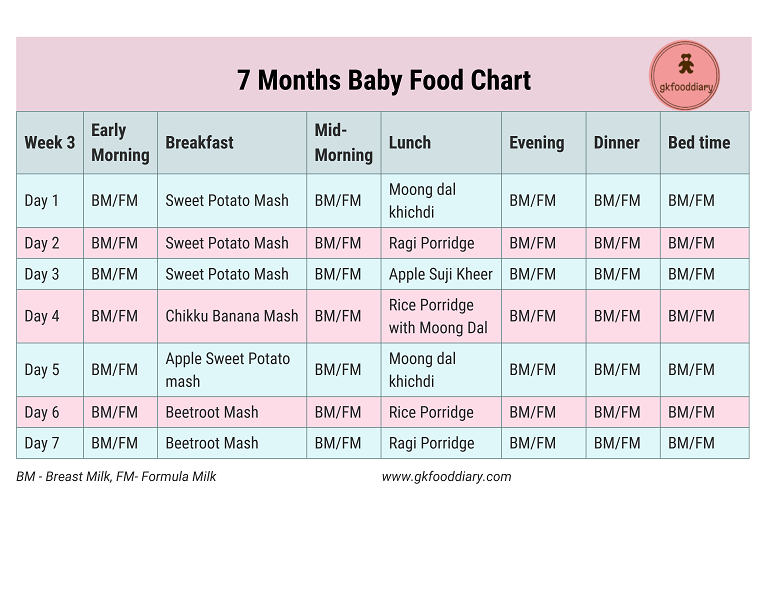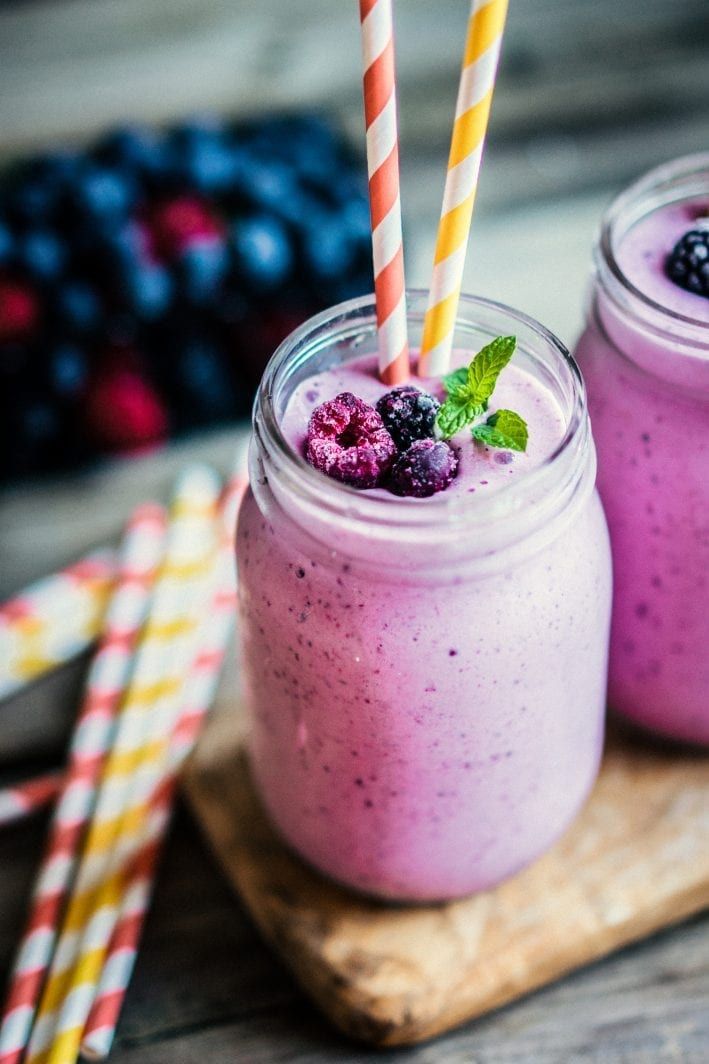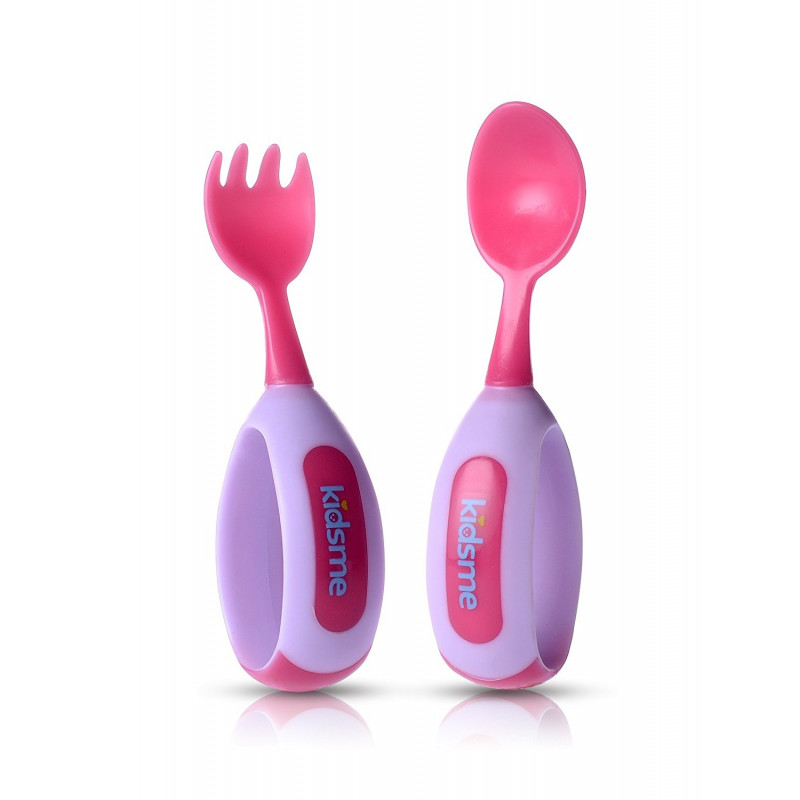What food do baby chicks eat
Types of Food Baby Chicks Can & Cannot Eat
1 December
Chickens are great companions. They provide fresh eggs, nutrients for your lawn and years of entertainment with their big personalities. Best of all, baby chicks are easy to feed, willing to finish almost any of your daily leftovers.
A baby chicks’ diet is extremely versatile, but there are some foods to rethink before throwing them into the coop. Here, we’ll outline the nutrient-dense foods baby chicks love and the leftovers to keep in your compost pile.
What Are the Essential Nutrients for Chickens?
Baby chicks require a more nutrient-dense diet than their adult counterparts. When feeding your baby chicks, ensure their feed has the following nutrients:
- Protein: After hatching, a chick’s diet should include approximately 18% to 20% protein. Protein builds chicks’ muscles, promoting strength and bone integrity during their crucial developmental stages.
As baby chicks reach 19 weeks old, gradually taper their protein intake to about 16% of their diet.
- Vitamins: All poultry require fat- and water-soluble vitamins. Specifically, they require all vitamins except vitamin C, including vitamin A, D, E and K, niacin, folic acid, biotin, thiamine and riboflavin.
- Minerals: Minerals are equally important. Baby chicks require a diet with calcium, phosphorus, magnesium, iron and copper, among others.
- Grains: Most chicken feeds incorporate healthy grains, like corn, wheat and soybean meal. These grains act as sources of vitamins, oil and protein, which all poultry require for energy.
- Fats: Most of a chicken’s fat content comes from oils that contain linoleic acid, an important fatty acid. Fatty acids break down vitamins and minerals, allowing chickens to receive all of their benefits.
Baby chicks’ feed should provide at least 90% of their nutrition, with the remaining 10% from their pasture.
On top of their feed, poultry require a constant source of water. Chickens drink almost three times their weight in water. A good water-to-chicken ratio is one quart per four chickens.
What Can Baby Chickens Eat?
Do you plan on feeding your baby chicks a homemade diet? Consider incorporating these nutrient-rich foods:
1. Worms
Chickens love worms! Worms naturally exist in a chicken’s environment, so it’s in their biological makeup to enjoy worms. Specifically, baby chicks can eat mealworms and red worms. Both are great sources of protein, but avoid feeding your baby chickens too many worms, or it may overwhelm their system.
2. Crickets
As with worms, baby chicks can eat crickets, and they often do in their natural environment. Crickets are high in protein, fat and carbs, making them an ideal snack, in moderation, for baby chicks.
3. Tomatoes
Baby chicks can eat tomatoes, but they can’t eat the plant, leaves or flowers as they contain poisonous solanine. Tomatoes themselves are full of essential vitamin K, folic acid, fiber, potassium and antioxidants. If you have a garden, toss any malformed tomatoes into your coop. Your chickens will be thankful!
Tomatoes themselves are full of essential vitamin K, folic acid, fiber, potassium and antioxidants. If you have a garden, toss any malformed tomatoes into your coop. Your chickens will be thankful!
4. Oatmeal
Oats are considered a superfood, full of vitamins, minerals and some protein. Baby chicks can eat both raw oats and warm oatmeal every now and then. Adding birdseed and plain yogurt boosts oatmeal’s nutrients, too!
5. Strawberries
Baby chicks can eat fruit, and they especially love strawberries. Strawberries contain many vitamins and minerals, namely iron, copper, magnesium, Vitamin B and potassium. Also, strawberries are packed with other anti-inflammatory antioxidants that keep your baby chicks healthy.
6. Bananas
If you have any brown, spotty bananas, your baby chicks will gladly eat them for you! Baby chicks can eat bananas, but avoid feeding them any unripe bananas. Bananas are high in Vitamin B6 and pyridoxine and a good source of magnesium, copper and healthy carbs.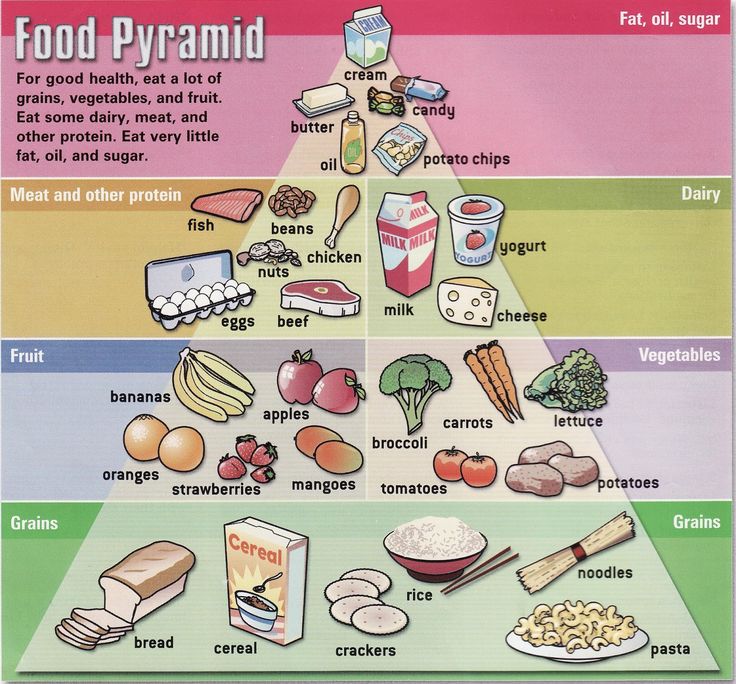
7. Apples
Baby chicks can eat apples, but you should chop them up and remove any seeds for easier consumption and digestion. Apple sauce is another good apple alternative for chick food. Apples are a good source of carbs and contain fiber, potassium and Vitamin K, too.
8. Lettuce
When it comes to vegetables, baby chicks can eat lettuce, as well as kale, turnip greens and chard. Romaine lettuce is high in phosphorous, magnesium, potassium, vitamin K and folate, supplying your baby chick with almost all of the necessary minerals. Avoid iceberg lettuce, however, as it’s low in nutritional value and may cause diarrhea in your baby chickens.
9. Watermelons
Baby chicks can eat watermelons, but they should never consume watermelon rinds or seeds. Baby chicks may benefit from watermelon on hot summer days as an added source of hydration. Otherwise, it doesn’t offer many nutrients as chick food.
10. Grass
Adult hens typically peck through grass for insects and eat any smaller pieces of grass. Usually, day or week-old chicks won’t show much interest in eating grass. Some owners give their chicks the option, however, because it encourages foraging.
Usually, day or week-old chicks won’t show much interest in eating grass. Some owners give their chicks the option, however, because it encourages foraging.
What Can’t Baby Chickens Eat?
Some of your groceries, however, are best left for your compost pile. Foods that baby chickens cannot eat include:
- Onions
- Chocolate
- Avocados
- Eggplant
- Peanuts
- Moldy Bread
- Rhubarb
- Pickles
All of these foods contain different toxins that make baby chicks, and all other poultry, feel sick — or even cause death in extreme cases. Most chickens instinctively avoid these toxic foods. If your baby chicks do consume these toxins and you notice illness symptoms, give them plenty of access to electrolytes and extra nutrients. Chickens heal themselves over time in less severe cases.
What Is the Best Food for Baby Chicks?
The best food you can give your baby chicks is organic chicken starter feed.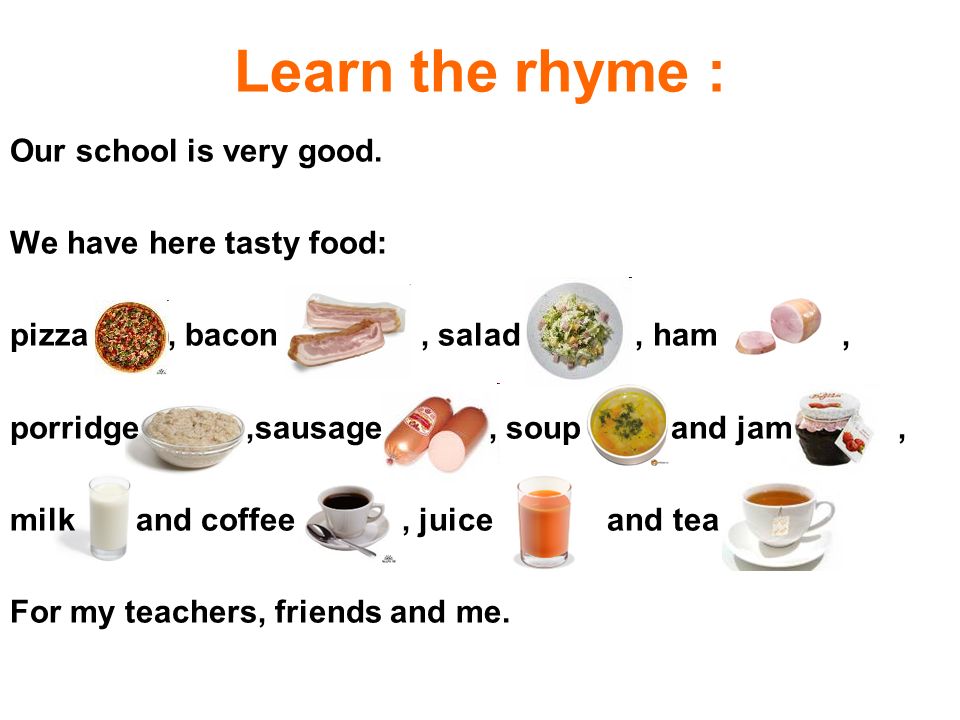 The foods listed above are healthy for chicks — and you’re encouraged to recycle any leftovers — but they may receive too many or too little nutrients.
The foods listed above are healthy for chicks — and you’re encouraged to recycle any leftovers — but they may receive too many or too little nutrients.
Organic chicken starter feed is packed with essential nutrients like:
- Organic carbs, including corn, soybean meal and wheat
- Organic soybean oil
- Calcium carbonate
- Zinc sulfate
- Copper sulfate
- Calcium iodate
- Vitamin D3
- Vitamin E
- Vitamin A
- Vitamin B12
- Riboflavin
- Folic acid
Opting for organic chicken starter feed over non-organic alternatives ensures your baby chicks receive non-medicated and non-GMO nutrients. Natural feeds contain little to no cheap filler products, giving you more nutrients for your money and your chickens a healthier lifestyle.
How Much Should You Feed Baby Chicks?
Baby chickens are good at eating what they need. Ensure your chicks have a constant supply of organic chicken starter feed and refill their supply as needed.
Because baby chicks and adult chickens require different amounts of nutrients, it’s best to separate them until the chicks are at least 2 months old. Plus, older chickens tend to be aggressive with smaller chicks, sometimes bullying them away from food. Keep an eye on every chick and make sure they’re all getting an equal share of chick food.
Shop Organic Chicken Starter Feed at Nature’s Best Organic Feeds
Kreamer Feed believed in organic food well before the grocery chains. Since 1998, we have been the leading certified organic feed manufacturer — best known for our brand, Nature’s Best Organic Feeds.
If you’re looking for the best feed for your baby chicks, choose our high-protein organic chick starter. Our chicken feed is packed with essential nutrients, perfect for your growing backyard animals and baby chicks.
Learn more about our organic chicken starter feed online. You can find our products at your nearest Tractor Supply Co., which you can locate directly on our product page!
What do baby chicks eat?
- Home
- Brooder Care
- Food
So you're about to have baby chicks but you're not sure what feed they should eat? No problem!
In this article we'll cover everything you need to know, from what they should eat immediately after hatching, to exactly what kind of food is best for them, to when they can have treats - and what kind of treats will help their development.
Immediately post hatch, feed nothing!
Technically, baby chicks don't need anything to eat or drink for about 48 hours after they've hatched. That's because they are sustained by the yolk of the egg, which they absorb into their body just before they break through the shell.
It's how chicks can be sent by post from hatcheries with nothing to eat or drink in their container.
So don't worry that your chick's still in the incubator without food or drink while she dries out and fluffs up. She'll be fine for now.
I generally leave my chicks to dry out in the incubator for between 6 and 12 hours after they've hatched. Once they're dry, fluffed up and reasonably active, into the brooder they go.
It's at that point you'll need to introduce food and drink. For more about drink, see this link.
If you purchase a product through links on this page, I receive a small commission at no extra cost to you. I only recommend products I have purchased or would purchase myself and which I genuinely believe would benefit you.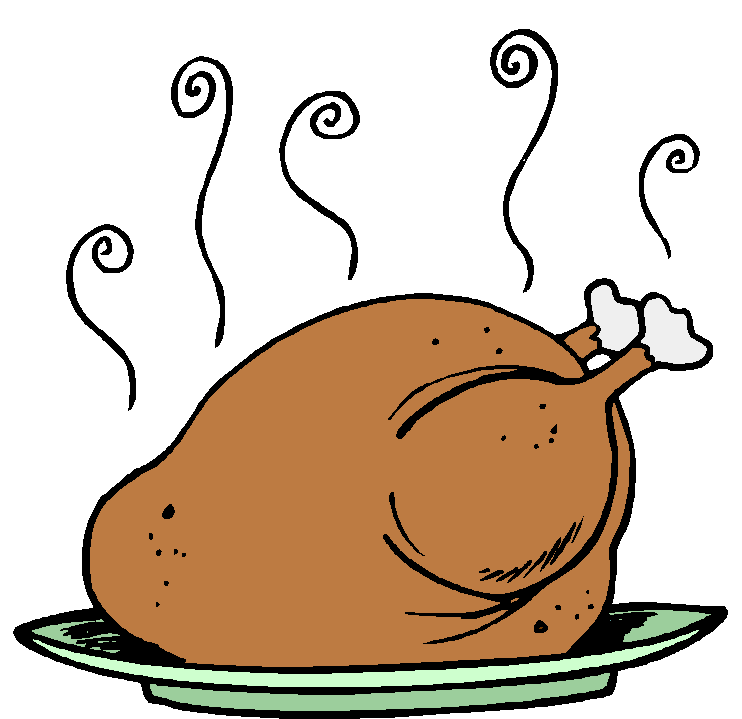 To learn more please see my disclosure policy.
To learn more please see my disclosure policy.
What kind of feed should chicks eat?
Chicks grow at an amazing rate in the first few weeks of life, and it's critical for their healthy development that they're fed a properly balanced chick food, known as "starter feed" or "chick crumb".
It's very important that you buy the right kind of feed for baby chicks. Don't try to give them the same food as your adult flock: it's too high in calcium which can cause irreversible kidney damage, and too low in protein which chicks, growing at an explosive rate, need.
One of my hatches tucking into their chick crumbs at Day 2 in the brooder.
Commercially produced starter feed is balanced to contain exactly what a chick needs. Look for a good brand, preferably organic and non-GMO, which contains between 15% and 20% protein.
And check whether it's bulked out with soy and corn. If you can, buy a feed that's unprocessed whole grains.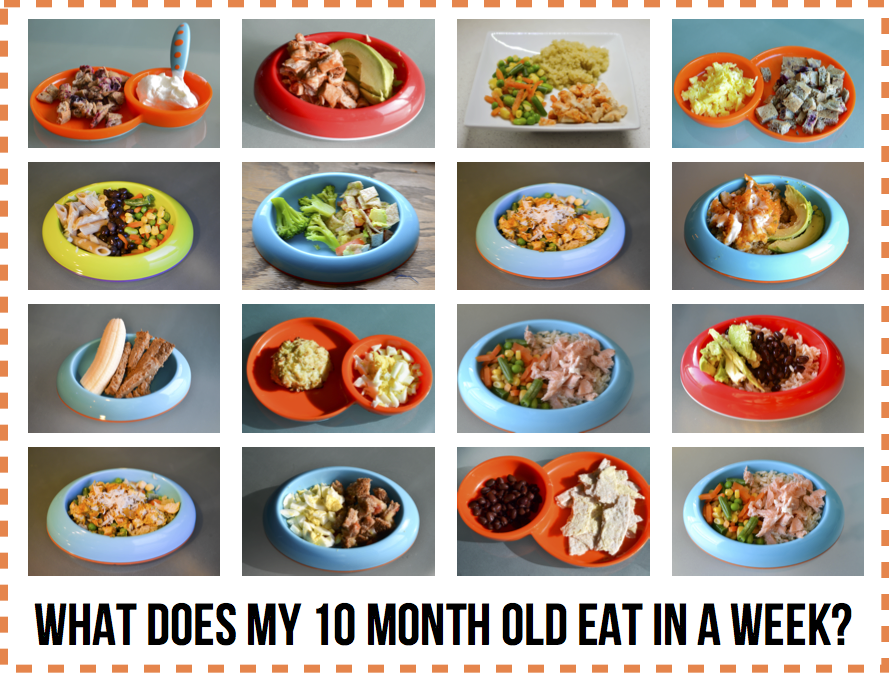 It's more natural and healthier.
It's more natural and healthier.
The best and least expensive place to buy it is your local feed store, but if you can't get there for any reason, you can buy online.
The brand I recommend if you're in the US is this one, which is both organic and guaranteed GMO free, has exactly the right amount of protein and is soy and corn free.
You'll find the UK equivalent (Fancy Feeds Chick Crumb) at this link.
Can you make your own?
Some people do. I don't recommend it for the reason I've stated above: it's really very important for the chick's development that she has a properly balanced feed with exactly the required amount of protein and very low calcium.
To try to provide that yourself is a big ask. In my view, it's better to pay for a high quality feed that you and your chicks can rely on.
Medicated or non-medicated?
I've never fed my chicks a medicated feed, and if you keep your hatchlings in a clean brooder, regularly clear away their droppings, and make sure they have sufficient space, there is really no need.
If you've bought chicks from a hatchery you need to check whether they have been given a vaccination against coccidiosis. If they have, you should definitely not offer any form of medicated feed.
It won't necessarily harm them, but it will nullify the vaccine.
When
is medicated food necessary?Commercially hatched chicks have medicated feed to prevent the spread of disease. Backyard flocks should not need it.
Chicks who are hatched and raised in very cramped conditions, as often happens in commercial farms, are generally given medicated feed to prevent the spread of disease.
If you're hatching more than 50 chicks at a time, you may need to consider a medicated food.
But backyard flocks really should not need it, particularly if you're aiming to raise your flock naturally. Don't be tempted to give your chicks medication "just in case".
Instead, make sure you practice good husbandry and effective biosecurity measures.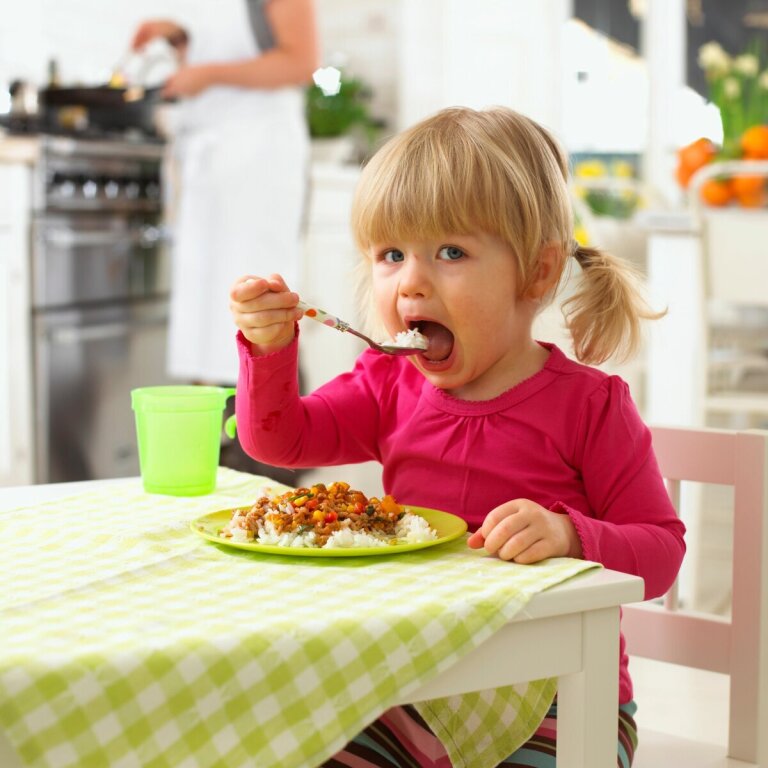 Your flock will be healthy and happy without having chemicals in their system.
Your flock will be healthy and happy without having chemicals in their system.
In the brooder: when and how to introduce feed.
As soon as you transfer your chicks from the incubator to the brooder you should introduce them to water.
Food isn't so critical. They're not going to starve to death if you allow them to settle into their new surroundings before offering grain. In any event, chicks need to spend a good part of the couple of days after hatch sleeping.
Chicks are naturally very inquisitive, and the way they explore the world is with their beak. So a good way to introduce food to them is by using kitchen paper on the brooder floor (on top of a non-slip cover) and sprinkling a few grains of starter feed on it.
One of my day-old Speckled Sussex chicks ventures out from the heat lamp to investigate what those strange bits are.
The noise of the feed dropping will attract their attention, and they will automatically investigate.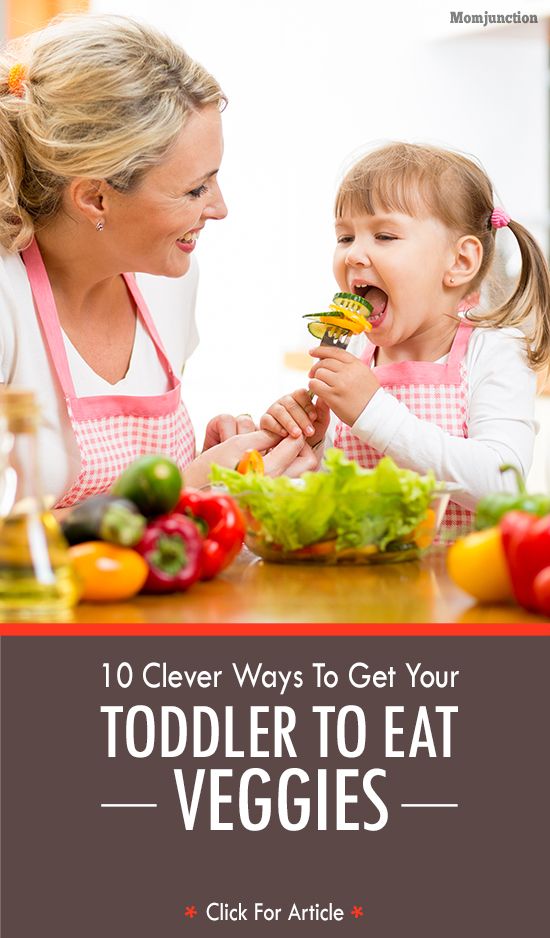 In doing so, they learn what food looks, smells and tastes like.
In doing so, they learn what food looks, smells and tastes like.
I generally sprinkle some feed into the brooder at the end of day 1 or early in day 2. I've never yet had a chick who didn't want to know what it was!
Once they're used to it, it's time to introduce a feeder. I have a detailed article about which type of chick feeder is best, here.
When can a baby chick start having treats?
This is probably the question I'm asked most often about chicks!
The answer is that baby chicks raised by a mother hen have "treats" from day 1. They're not inside, they're out there in the yard with her, eating everything she tells them is good to eat!
Hens are good teachers of their baby chicks!
In our brooder, we have to take the place of the mother hen.
But unlike a mother hen, we can't be there all the time to make sure our chicks eat what they're supposed to eat first. And, like children, if chicks have the choice between a yummy treat and proper food, they'll go for treats every time!
But the chick starter feed is their main diet and it's important they have balance in those first few days after hatch. So don't give chicks treats for several days, until they are very familiar with what their grain looks, smells and tastes like.
So don't give chicks treats for several days, until they are very familiar with what their grain looks, smells and tastes like.
I normally start to give my chicks some treats in week 2, or at the earliest at the end of week 1 in the brooder.
And even then, feed sparingly. Think of treats as a yummy dessert!
Which treats are good for chicks?
The chick's digestive system is still very undeveloped, so be careful what you feed. It's all too easy to upset their digestion and cause problems.
I generally start with some hard boiled egg, chopped into small pieces, or some sweetcorn, again chopped small. At first they look on it as a killer monster, but once they get the taste you'll find they devour it in seconds.
And no, it doesn't turn them into egg-eaters later! Think about it: a hard boiled egg looks, smells and tastes nothing like fresh, uncooked egg.
The other treat I give chicks, as a boredom-buster as well as a treat, is a lettuce which I hang from the sides of the brooder box. Hours of endless fun pecking at it!
Hours of endless fun pecking at it!
That lettuce didn't last long!
As the chicks get older their developing digestive systems will be able to deal with goodies like watermelon, pumpkin, mealworms and fish – but only ever in moderation.
Grit.
As soon as your chicks begin eating anything but starter feed, they must be given grit.
Chicks with their mother hen will pick up grit naturally from the yard. Again, we need to play mother hen with chicks in the brooder.
If you're not sure why chicks needs grit at such a young age, this article will explain all.
Chick grit is made of smaller particles than adult chicken grit. Ask at your local feed store, or buy online if it's more convenient.
Leave it in a dish, separate to their food. Chicks know instinctively when to take it.
Bear in mind we are talking about grit only here - never feed your young chicks oyster shell. The calcium will damage their kidneys. Oyster shell is only for adult laying hens.
The calcium will damage their kidneys. Oyster shell is only for adult laying hens.
Food for weak or sick chicks.
If you have a chick who's struggling, feed some finely chopped hard boiled egg. It's full of protein and helps nourish those who can't eat properly yet.
Offer it on a small saucer and encourage the chick, if it's able, to peck at it. If not, try smudging some on the end of your finger.
Keep struggling chicks hydrated, too - water is much more important than food for a baby chick. An electrolyte drink is always a good stand-by, fed from a spoon or by dropper.
When is it time to move onto a different kind of feed?
Keep your chicks on a starter feed until around 8 weeks, at which point they need to have a "grower" feed which keeps pace with the change in their development.
If you have starter feed left over, mix it - 50% starter, 50% grower - for a couple of weeks. The chicks will be fine and it gets them used to a slightly new taste gradually.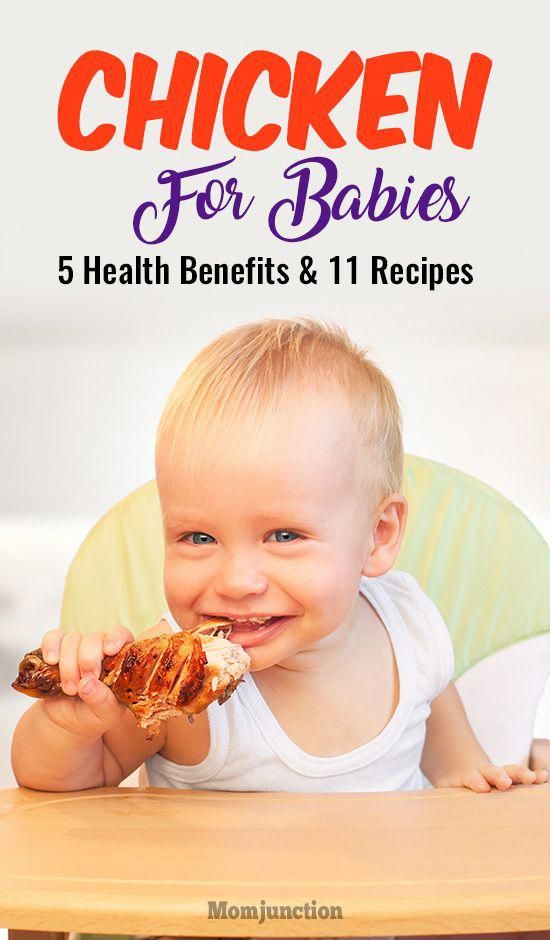
Don't be tempted to keep your starter feed for next time you have baby chicks. It tends to go mouldy and the bacteria it produces would be a killer for any new chicks.
Do you have a question you'd like to ask me?
Whatever it's about, ask your question and I'll answer you – on video.
To find out exactly how you can, take a look at my article about my backyard "Chicken Chat" Q&A sessions.
More information about caring for baby chicks.
- Home
- Brooder Care
- Food
diet in the first days of life, chicken feed norms
The diet of chickens, especially small ones, is different from the diet of adult chickens. Many breeders who raise chickens in the household are interested in how and what to feed the chicks so that they develop properly. For healthy growth, chickens require a balanced diet in sufficient quantities. The composition of the products depends on the direction and age of the chicks. |
Content:
- What does healthy chicks eat?
- General rules for formulating rations
- What to feed chickens?
- General rules for feeding
- Feed for chickens of various ages
- Feeding frequency
- Feeding Features
- Farmer's Councils
What does a healthy chicken diet consist of?
Sources of proteins, vitamins, micro and macro elements are products of plant and animal origin, as well as substances synthesized in the laboratory. For the production of finished formulations in the factory, only high-quality proven raw materials are used. In feed for laying hens and broilers are introduced:
|
It is quite difficult to independently calculate the proportions and mix the components thoroughly without the appropriate equipment.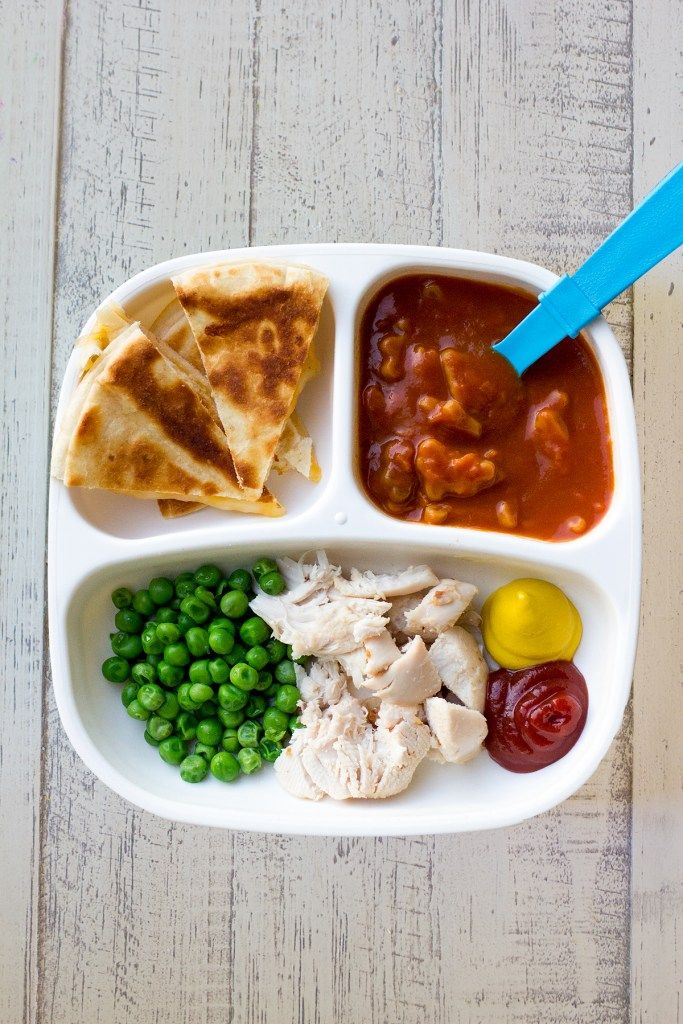
General dietary guidelines
The terms of growing meat breeds are 1.5-2 months, laying hens - up to six months. During this time, the bird should gain weight of 2.5-3 kg. To accelerate the growth of muscle mass in broilers, it is recommended to use specialized feed. It fully meets the needs of the bird in proteins, fats, carbohydrates, vitamins and minerals. The composition and consumption of feed should be appropriate for the age of the chicks.
At 1-2 weeks of life, the foundation of the skeleton is laid in chickens, muscle mass increases at an average pace. At this time, it is necessary to introduce a sufficient amount of proteins, fiber, and mineral components into their diet.
In the growth phase, chickens are gaining weight intensively. They need as many amino acids and proteins as possible, which act as a building material for cells, as well as complex carbohydrates. The dose of vitamins and minerals received with food is increased.
At the finishing stage, the amount of carbohydrates is reduced so that the broilers gain more muscle mass, and not fat.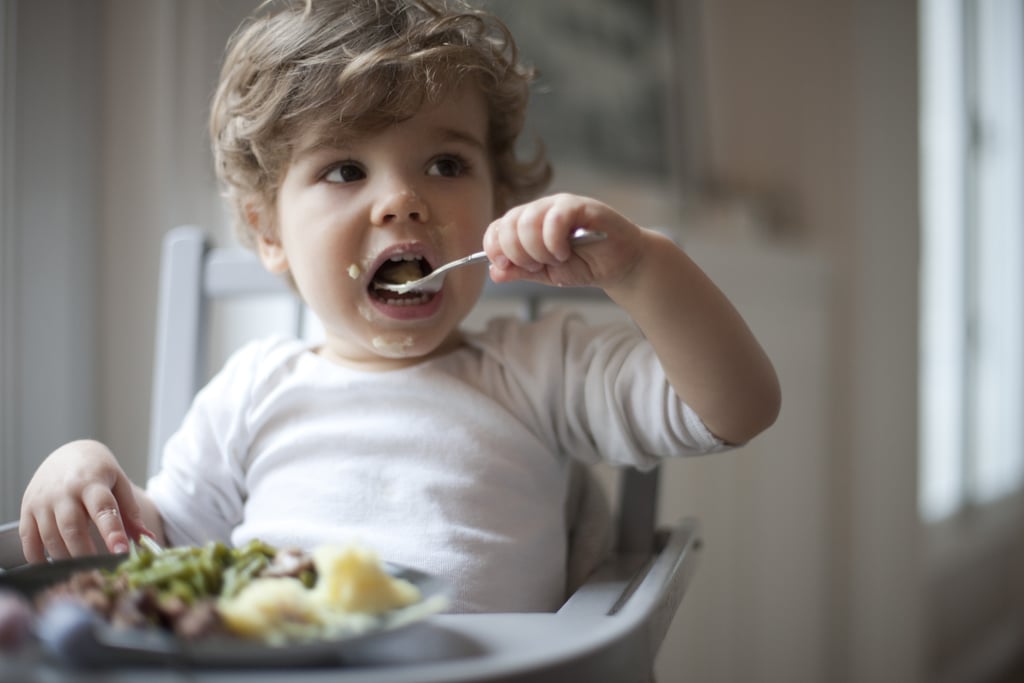 At this stage, it is important to prevent weight loss. For these purposes, finishing compound feed is introduced into the diet.
At this stage, it is important to prevent weight loss. For these purposes, finishing compound feed is introduced into the diet.
What to feed chickens?
Cereals form the basis of the diet.
| Corn | One of the most useful and nutritious ingredients. Corn is the leader among grains in terms of protein content, while it contains less fiber than other cereals. The product is easily digested and well absorbed. |
|---|---|
| oats | Source of many amino acids. It is considered a dietary product, but contains a lot of fiber. In large quantities, it causes blockage of the intestines, so its share in the composition of the feed does not exceed 20%. Oats are given in a purified form, completely removing the film from the grains. The size of the fraction depends on the age of the bird. Sifted oatmeal is usually added to prestarter formulations. |
| Wheat | Contains a large amount of vitamin E, B. Feed wheat is usually used in bird feed. The percentage can be up to 30%. Feed wheat is usually used in bird feed. The percentage can be up to 30%. |
| Rye | It is a source of a number of useful proteins, but contains too much mucus, which negatively affects the digestive system of chickens. It is added to some feeds in small quantities. |
| Barley | Practically not inferior to oats in useful properties, but also contains a lot of fiber. It is introduced into the composition only in a purified and sifted form. |
| Buckwheat | Despite the fact that the product contains components useful for poultry, it is rarely used. Basically, it is added to granulated feed, because. in loose form, chickens do not peck it. |
| Bran | Products of processing grain crops are introduced to increase the caloric content of the diet. By themselves, they have no nutritional value, so they are rarely used. |
Peeled vegetables are used as succulent feed.
| Potato | Improves poultry digestion, promotes the absorption of nutrients. It is introduced in boiled dehydrated form. In the process of preparing food, it is unacceptable to use green potatoes, since poisonous solanine has formed in them. |
|---|---|
| Beet | It normalizes the work of the intestines, prevents its blockage, provides the needs of chickens for vitamin B2, carotene, sugar. It can be given both fresh and boiled. The content of beets in the diet is about 15%. |
| Pumpkin | It contains a lot of vitamins and microelements. The product is added in an amount not exceeding 15% of the total volume. |
Protein components provide the daily requirement for amino acids. Protein sources are also rich in vitamins and minerals. They can be of plant and animal origin. Amino acids are well absorbed by the body. Animal proteins are obtained from various types of flour:
- fish.
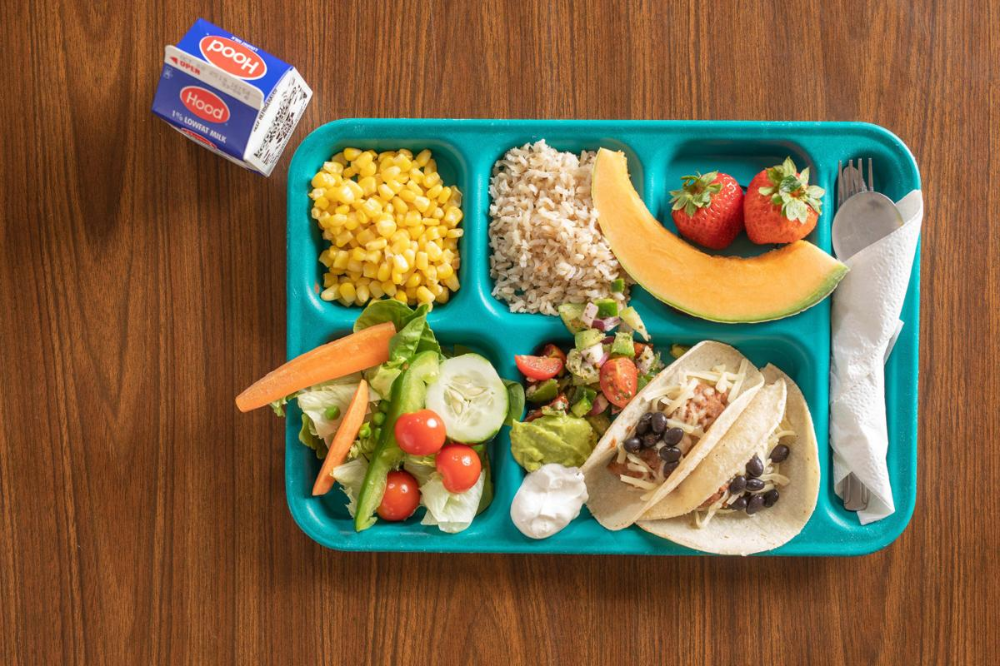 This product makes up to 8% of the diet, but is not used in broiler feed so that the meat does not have a specific smell;
This product makes up to 8% of the diet, but is not used in broiler feed so that the meat does not have a specific smell; - bone. In terms of the amount of proteins, it is not inferior to cereals, and at the same time it is rich in fats (11%) and vitamins A and E. It is given to chickens from a month old;
- blood. The product is rich in essential amino acids, but in high concentrations it provokes indigestion. Its share in the diet should not exceed 4%;
- pen. This component is used as an available source of protein to balance the feed composition. It is added in small amounts (up to 2%).
Dairy products are also a source of well-digestible animal protein: cottage cheese or whey. Their inclusion in feed mixtures for laying hens increases the egg production and fertility of chickens.
Legumes are richest in vegetable proteins:
- soy in terms of percentage and qualitative composition of proteins and amino acids is practically not inferior to products of animal origin, it also contains vitamins and minerals;
- peas also provide protein requirements for poultry, although to a lesser extent; chickens do not eat it well because of the specific smell and taste, therefore, no more than 10% is introduced into the feed;
- soybean and sunflower meal and cake are an inexpensive, highly digestible source of amino acids.
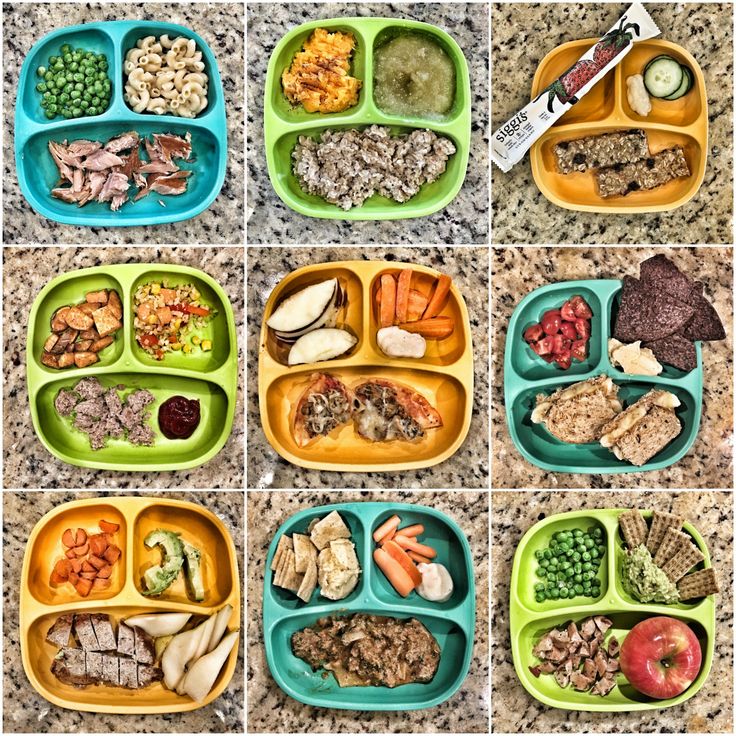 In compositions for adult chickens, their share is 15-17%, for chickens and young animals - 10%.
In compositions for adult chickens, their share is 15-17%, for chickens and young animals - 10%.
General feeding rules
| Each individual should consume approximately 15-30 g of food per day: how much depends on the breed, weight of the chicks, and the intensity of their development. In general, the amount of feed each time should be such that the young hens will eat it in 30 or 40 minutes. The remains must be removed from the feeders so as not to deteriorate, and the feeders themselves must be washed and dried. |
If the chicks do not eat the feed given to them often, then its rate should be reduced. If, on the contrary, the food is eaten quickly, then it is desirable to increase its volume.
Feed for chickens of various ages
| PC-2 | Designed for chicks under 7 weeks old. It is produced in the form of finely ground grains, designed for an insufficiently unformed digestive system, easily digestible, contains all the useful trace elements. |
|---|---|
| PC-3 | Balanced mix for young animals 8-20 weeks old. Promotes rapid growth and proper formation of the reproductive system. It is produced in the form of grains with medium-sized fractions. |
| PC-5 | Designed for broiler chickens from 2 weeks to 1 month of age. It consists of a complex of easily digestible components that stimulate a set of muscle mass. |
| PC-6 | It has similar characteristics, but is designed for broilers older than a month. |
All types of feed can be divided into three groups:
| carbohydrate | Protein | Vitamin |
|---|---|---|
Promote accelerated growth and muscle mass gain. Their composition is dominated by cereals and vegetables. Chickens digest foods high in carbohydrates well, which cause a slowdown in metabolism and rapid weight gain. Such feeds are designed for broilers and increase the average carcass weight. | Such compound feeds are developed mainly for laying hens. A large amount of protein increases the productivity of the bird, improves the palatability of the eggs, and makes the shell stronger. | Strengthen the immune system, help to survive the winter period. Usually produced in the form of concentrates, which enrich the main diet. |
According to the form of release, the compositions are of 2 types.
| Loose ones consist of fine-grained components. The disadvantage of such compositions is that they are worse absorbed. The chicken chooses tasty crumbs from the feed, and the less appetizing ingredients are thrown away. As a result, the bird receives less nutrients. In addition, a lot of dust remains in the feeder. However, it is impossible to completely abandon loose compositions. Chickens in the first weeks of life are not able to swallow and digest large granules, therefore they can peck only small grains. |
Expanded feed is produced by short-term heat treatment under high pressure. Nutrient mixtures are in the form of granules and contain liquid components in their composition. The advantages of expanded compositions include:
However, when heated, some of the vitamins are destroyed. |
Feeding frequency
The first time chickens are fed on the same day they are born. Then, until the age of 7 days, the chicks of meat breeds are fed 6-8 times a day, from the 2nd week of life - 6 times, from the 3rd - 4 times a day, by the age of one month, chickens are fed three times a day. Chicks of egg breeds up to 1.5 weeks are fed 5-6 times a day, and by the month they are gradually transferred to 3 meals a day.
Chicks of egg breeds up to 1.5 weeks are fed 5-6 times a day, and by the month they are gradually transferred to 3 meals a day.
When choosing a mixture, it is recommended to give preference to complete formulations. However, if the breeder has enough of his own food, you can limit yourself to concentrated additives to enrich it. Such compositions are marked with the QC marking. Concentrates for meat and egg-bearing breeds solve different problems:
| for broilers | for laying hens |
|---|---|
|
|
It is unacceptable to use concentrates as the main feed, since an excess of nutrients is no less harmful than their deficiency.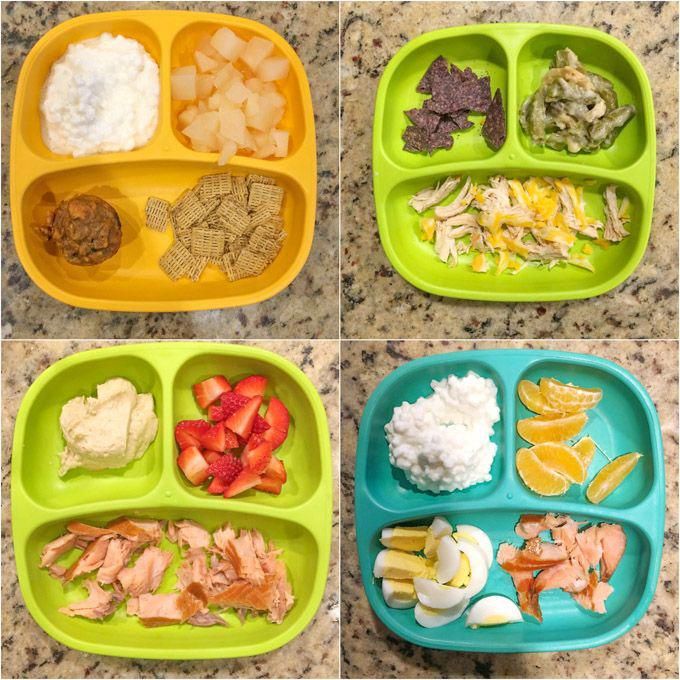 BVMB is introduced into the composition of the mash, taking into account the age of the chickens.
BVMB is introduced into the composition of the mash, taking into account the age of the chickens.
Feeding Features
| 1st day of life | Feeding of chickens of egg breeds begins immediately after they dry out. The first food for newborn chickens should be a hard-boiled egg. It is cut as small as possible so that the chicks can swallow small crumbs and roll it in semolina to prevent pieces from sticking to the paws and fluff. In the brooder where they are, they put a drinker with clean, boiled and cooled water. Newly hatched chicks are also fed boiled eggs under the brood hen. |
|---|---|
| 2nd day | On the 2nd day, the chicks are already given a mash of eggs and homemade low-fat fresh cottage cheese (the ratio of ingredients is 1 to 1). The formula for feeding day-old chicks should be fresh and fed every 3 hours. |
| Week 1 | From the 3rd day, chickens are fed with a more varied mixture of cottage cheese, boiled eggs, crumbly porridge from corn, oat or wheat chips (the share of cereals should be 65%). Finely chopped greens and boiled red carrots grated on a fine grater are added to them. You can give germinated grain or grass flour at the rate of 2-3 g per chicken per day. More than 5 g of such flour cannot be fed due to the high content of fiber in it. Separately, a little skimmed milk or yogurt is poured into the container; it is better not to add them to the mixers. Twice a week, a few crystals of potassium permanganate are added to the water so that it becomes slightly pink. Keep it in drinkers for no more than 0.5 hours, and then replace it with clean water. This protects chickens from stomach diseases. You can feed the chicks with special industrial compound feed for chickens from the first days of life. It is made up of products that are easily absorbed by the body of small chickens and fully satisfy all their needs. Finely chopped greens and boiled red carrots grated on a fine grater are added to them. You can give germinated grain or grass flour at the rate of 2-3 g per chicken per day. More than 5 g of such flour cannot be fed due to the high content of fiber in it. Separately, a little skimmed milk or yogurt is poured into the container; it is better not to add them to the mixers. Twice a week, a few crystals of potassium permanganate are added to the water so that it becomes slightly pink. Keep it in drinkers for no more than 0.5 hours, and then replace it with clean water. This protects chickens from stomach diseases. You can feed the chicks with special industrial compound feed for chickens from the first days of life. It is made up of products that are easily absorbed by the body of small chickens and fully satisfy all their needs. |
| 2-4 weeks | From 1.5 weeks of life, a little sunflower or soybean meal (3-4% of the total food volume), chalk or shells, bone meal (5-7% of the feed amount or 2-3 g per 1 chick).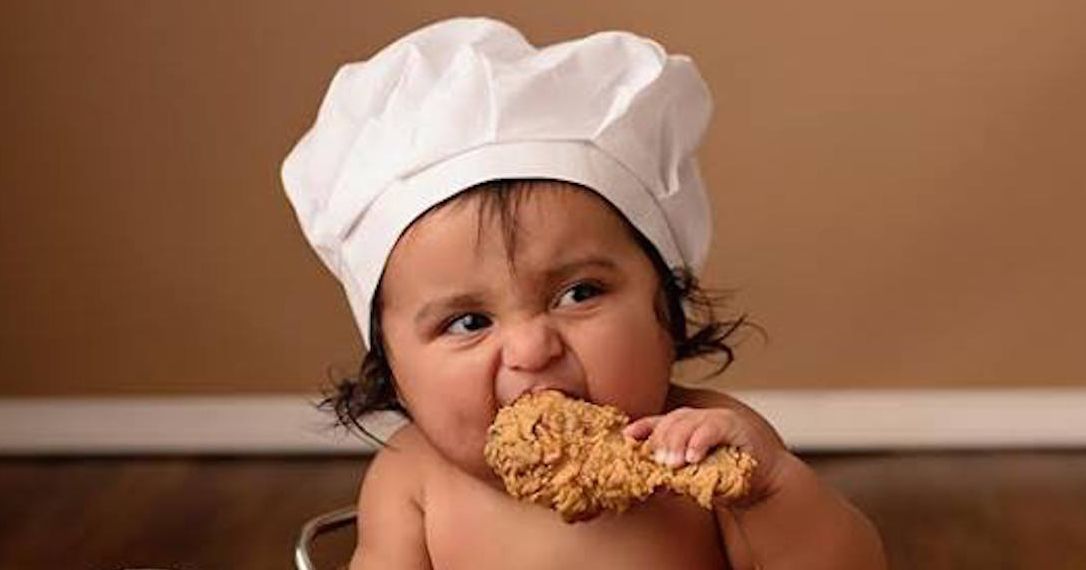 Particles of top dressing should not be more than 1-2 mm. Very fine gravel or sand washed in water is placed in a separate container. After 10 days, eggs are removed from the diet, but other components are introduced, for example, root crops (boiled potatoes, etc.). Salt, rice, rye, wheat bran (up to 10%), herbal flour (6-10%) are introduced into the menu of two-week-old chickens. From 3 weeks old, chicks gradually begin to accustom themselves to whole grains. Particles of top dressing should not be more than 1-2 mm. Very fine gravel or sand washed in water is placed in a separate container. After 10 days, eggs are removed from the diet, but other components are introduced, for example, root crops (boiled potatoes, etc.). Salt, rice, rye, wheat bran (up to 10%), herbal flour (6-10%) are introduced into the menu of two-week-old chickens. From 3 weeks old, chicks gradually begin to accustom themselves to whole grains. |
| 1 month | At this age, the young are already quite strong, they can spend time walking, where they independently find greenery, seeds of various plants, worms and beetles. If the birds are in a closed aviary and cannot pluck the grass, then they need to be given it along with grain and vegetables. In general, the share of green grass in the diet of one-month-old young animals should be about 1/3 part, no less. Grain can be given both ground and whole: the birds are already able to peck it. It can be anything: wheat, barley, corn, oats, etc. At this age, legumes can also be fed: peas, chickpeas, small beans, etc. In addition to grain products, you can feed root crops, fresh or boiled, to monthly chickens, vegetables from the garden and their tops, kitchen waste of both plant and animal origin, bran, meal and cake, compound feed. From mineral additives - bone and fish meal, chalk or lime, shell rock, salt. In addition to food, young animals should always have clean water in drinking bowls and pebbles that the bird needs for normal digestion. At this age, legumes can also be fed: peas, chickpeas, small beans, etc. In addition to grain products, you can feed root crops, fresh or boiled, to monthly chickens, vegetables from the garden and their tops, kitchen waste of both plant and animal origin, bran, meal and cake, compound feed. From mineral additives - bone and fish meal, chalk or lime, shell rock, salt. In addition to food, young animals should always have clean water in drinking bowls and pebbles that the bird needs for normal digestion. |
Chickens of meat breeds differ from egg breeds in that they need more complete proteins and vitamins, so their diet should be tailored to this feature. Therefore, it is necessary to give more protein feed, such as legumes (grains and green mass), meat and bone and fish meal, fresh kitchen waste. It should also be borne in mind that they eat more, so they need to be fed more often, especially in the first days of life.
Farmer's councils
When changing nutrition, the sensitivity of chickens to changes in composition should be taken into account.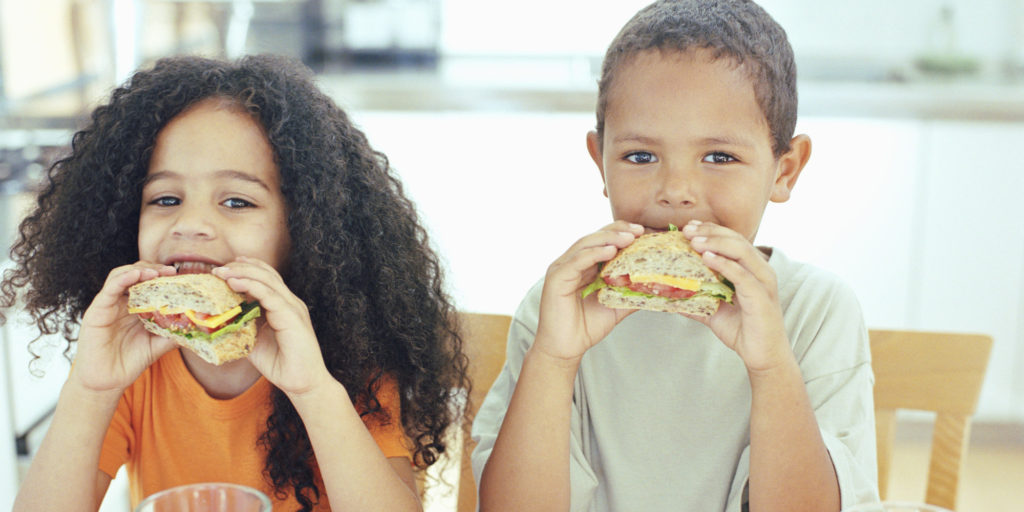 For this reason, birds should be transferred to a different diet gradually, over 3-5 days, daily adding new food to the usual food, gradually increasing its amount.
For this reason, birds should be transferred to a different diet gradually, over 3-5 days, daily adding new food to the usual food, gradually increasing its amount.
There should always be fresh water in the drinker, in which a little potassium permanganate is diluted - so much so that the liquid does not turn pink.
It is advisable to mix common salt (up to 5 g per 1 kg of the mixture) and ground egg shells into the feed.
The main disadvantage of self-prepared mixtures is the fragility of their storage. In contrast, prepared feed can be left in the feeder for as long as the chicks need to saturate.
In our company, you purchase safe, certified mixtures with high nutritional value. Products exceed the requirements of GOSTs in quality. At your request, it is possible to develop an individual recipe for specific chicken breeds.
The MEGAMIX company cooperates with a network of dealers in Moscow and regions. You can clarify the terms of the order and delivery by phone +7 (8442) 97-97-97 or on our website.
Free consultation
Ask a question to a specialist or order a price list
Telephone
Comment
09.11.2020
Articles - Southern Crown
Pages with this address not found
404
Please check the URL and try again.
You can return to the main page of the site.
Or see the site map.
- Compound feed
- Compound feed for birds
- For broiler chickens
- For quail
- For laying hens
- For ducks
- for turkeys
- Compound feed for pigs
- For piglets
- For fattening pigs
- Compound feed for herbivores
- For rabbits
- For chinchillas
- Compound feed for cattle/MRS
- For calves/milk cows
- For goats/sheep
- Other feed
- Feed mix
- Raw material
- Compound feed for birds
- Premixes
- Premixes for birds
- For laying hens
- For breeding layers
- Premixes for pigs
- Premixes for herbivores
- Premixes for cattle
- Premixes for birds
- BVMK How to buy About the factory
- Points of sale Become a dealer
The benefits of our feeds
-
Precise balance of elements necessary for animal growth
-
Less feed consumption - ingredients are absorbed more intensively
-
Delicious food - stimulates the active appearance of appetite
-
Boosting immunity - animal mortality is reduced to a minimum
-
Only natural, pure and healthy raw materials
-
Animal weight gain is on average 5-15% higher than normal
Authorization
E-mail:
Wrong e-mail
Mandatory
Password
Wrong password
Mandatory
Authorization
You have successfully authorized on the site
Registration on the site
Email E-mail (login)
Invalid E-mail
Field required
Password
Password too simple
Field required
Repeat the password
passwords do not coincide
Field filling out
Name
The name
Filling
Phone
The phone
is required
By registering, I agree to the rules for the sale of goods and the user agreement
Security code
Password recovery
TODO: Feedback form
in footer.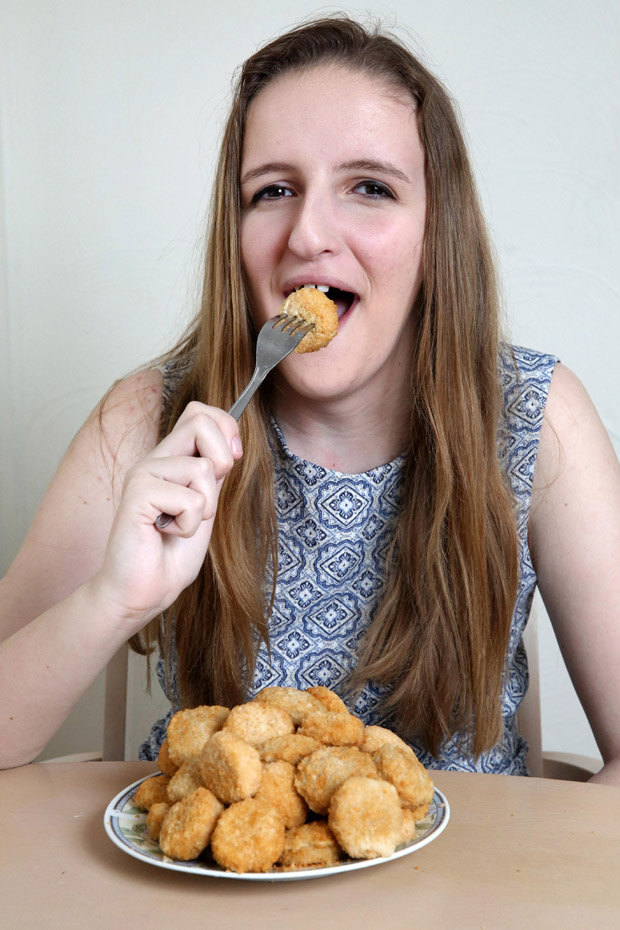

 For broilers, loose compound feed can be introduced into the diet from the first days of life, and for laying hens - from the second week. When using dry mixes, it is important to provide the hens with sufficient drinking water.
For broilers, loose compound feed can be introduced into the diet from the first days of life, and for laying hens - from the second week. When using dry mixes, it is important to provide the hens with sufficient drinking water. 



